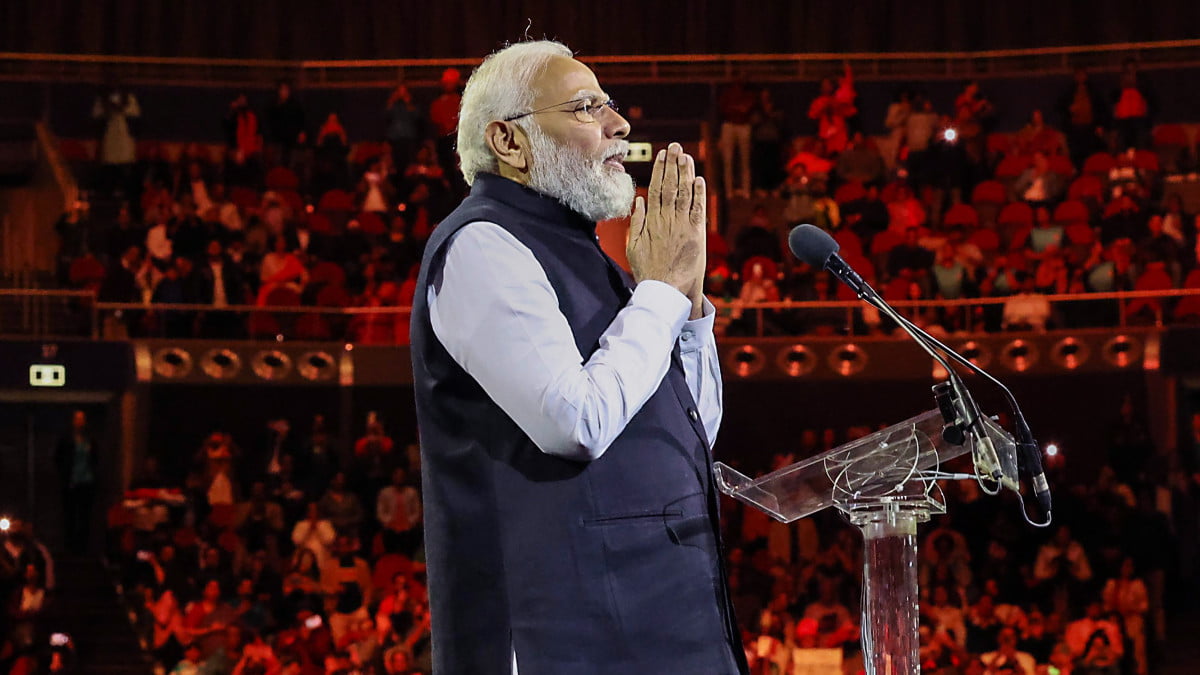The Middle East in 2011 witnessed a wave of revolutions that was called the Arab Spring, through which people rose in revolt against decades-old dictatorships and oppressive regimes. For the first time, social media played a greater role in mobilising people and raising their voices over the world. Among the Middle East, one country receiving great traction to the movement was Libya. Colonel Muammar Gaddafi has ruled the nation for 42 years. Although the regime was infamous for human rights violations, suppressed dissent and censorship, the country remained politically stable and economically in good flowing condition. But this stability came at the price of silencing independent voices. The killing and disappearance of dissidents was rife.
Longings for democracy, free speech and freedom of the press, popularised by social media, were urgently voiced by youth in Libya. Decades of dictatorship provided an opening for change and protest against Gaddafi. Fethi Tarbel, a lawyer who had been seeking justice for the victims’ families after 1,200 prisoners were killed without trial at Libya’s Abu Salim prison in 1996. His arrest triggered protests in Benghazi on February 15, 2011, led by victim families. As public anger swelled, more people joined, turning Benghazi into the epicentre of Libya’s uprising. Initially peaceful, the protests escalated into violence as political opponents armed themselves and began attacking military barracks and police stations. Weapons were plundered, and the armed struggle against Gaddafi gained momentum.
All the views and opinions expressed are those of the author. Image Credit – Politico.
About the Author

Mohammad Taha Ali currently pursuing a Master’s degree in Conflict Analysis and Peace Building from Jamia Millia Islamia. He completed Bachelor’s degree in History from the University of Delhi.



